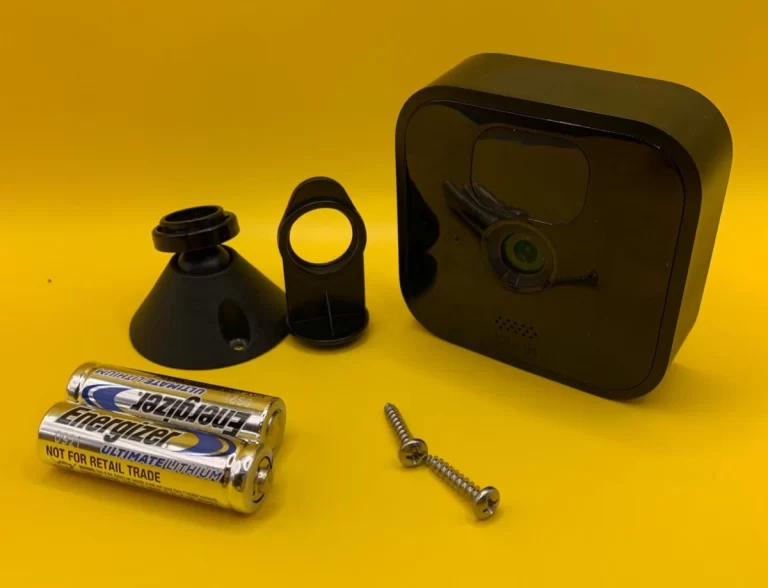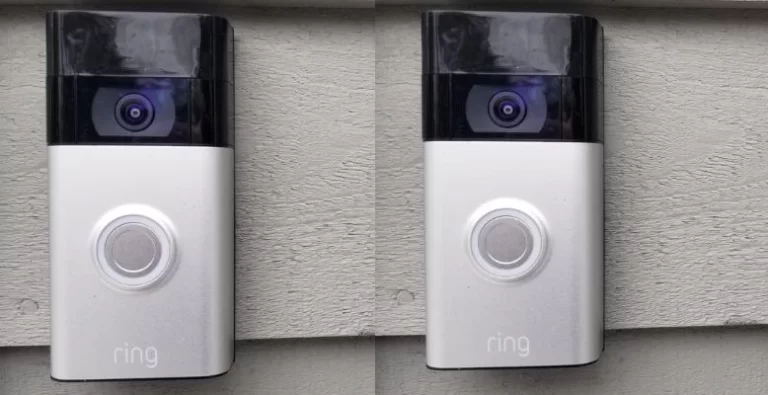Can a Bump Key Open Any Lock?
There has been a growing concern about the effectiveness of locks and whether they can be easily bypassed. One technique that has gained attention is the use of bump keys.
Bump keys are specially crafted keys that can potentially open certain types of locks quickly and without leaving any signs of forced entry. In this article, we will explore the concept of bump keys, their limitations, and the security measures you can take to protect yourself.
How Do Bump Keys Work?

Bump keys work on the principle of manipulating the pins inside a lock. Most conventional pin-tumbler locks consist of a series of pins that align at the shear line when the correct key is inserted.
Bump keys differ in that their teeth are cut to the deepest possible depth, allowing them to bypass the locking mechanism.
When a bump key is inserted into a lock, it is then struck with a mallet or a similar object. The impact causes the pins to jump momentarily, creating a brief window of opportunity to turn the key and unlock the door. This technique is known as “bumping.”
Can a Bump Key Open Any Lock?
It is important to note that while bump keys can be effective against certain types of pin-tumbler locks, they are not universally effective on all locks.
The effectiveness of a bump key largely depends on the specific lock design and the skill of the person using it. Some factors that can affect the success of bumping a lock include:
1. Lock Type
Bump keys are primarily designed for pin-tumbler locks, which are commonly found in residential and commercial settings. These locks have a series of pins that need to align at the shear line to unlock the mechanism.
Other types of locks, such as wafer locks or disc-detainer locks, are generally not vulnerable to bumping.
2. Quality of the Bump Key
Bump keys need to be properly crafted to match the specific pin heights and spacing of the target lock. Generic bump keys may not work as effectively as keys that are specifically made for a particular lock model.
Additionally, the material and precision of the key can also impact its effectiveness.
3. Skill and Technique
Successfully bumping a lock requires practice, skill, and a good understanding of lock mechanics. It is not a technique that can be easily mastered by everyone.
Professional locksmiths and experienced individuals with knowledge of lock-picking techniques may have better success rates than novices.
4. Security Features
Some modern locks are designed with specific anti-bumping features to resist this technique. These features can include specialized pin designs, additional security pins, and other mechanisms that make bumping more difficult or even impossible.
It is worth mentioning that bumping a lock is considered a covert and non-destructive method of bypassing a lock. Unlike lock picking, which requires skill and tools, bumping can be relatively quick and discreet.
However, it is essential to remember that bumping a lock without proper authorization is illegal and unethical.
How to Protect Yourself from Bump Keys

While the risk of bumping might be a concern, there are several measures you can take to enhance the security of your locks and protect yourself against unauthorized entry:
1. Upgrade Your Locks
Consider upgrading your locks to more secure models that incorporate anti-bumping features.
High-security locks often have additional security pins, hardened materials, and other mechanisms that make them more resistant to bumping and other covert techniques.
2. Use Electronic Locks
Electronic locks, such as keypad or biometric locks, offer an alternative to traditional key-based systems. These locks do not use pins and tumblers, making them inherently resistant to bumping.
3. Install a Deadbolt
Adding a deadbolt lock to your doors can provide an extra layer of security. Deadbolts are more resistant to bumping compared to standard locks and can significantly improve the overall security of your home or business.
4. Reinforce Entry Points
Consider reinforcing the entry points of your property with additional security measures, such as security plates, door jammers, or security cameras. These measures can deter burglars and make it more difficult for them to gain unauthorized access.
Conclusion
In conclusion, while bump keys can be effective against certain types of pin-tumbler locks, they are not a universal solution for opening any lock.
To protect yourself against unauthorized entry, it is advisable to upgrade your locks to more secure models with anti-bumping features, consider electronic locks, install deadbolts, and reinforce entry points with additional security measures.
By taking these precautions, you can significantly enhance the security of your property and reduce the risk of unauthorized access.
READ ALSO!!!



